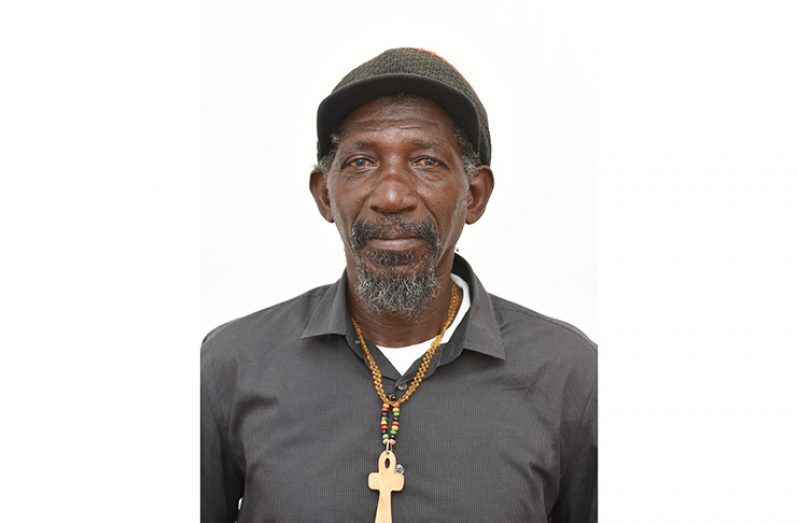AS part of Emancipation observance, Government will stage a commemoration ceremony to remember the over 200 persons who were crushed on August 20, 1823 at Bachelors Adventure in their quest for freedom.
Coordinator of the commemoration, Aaron Blackman said on Monday from 17:00hrs at the site of the1823 Monument on the Georgetown Seawall, President David Granger will deliver the feature address.
“The public is invited to this event that will be graced by drummers and chanters of the theocracy reign Ivine Order of the Nyahbinghi and the National School of Dance. The official presentation is expected to last one hour and will be followed by an evening of drumming and singing from the Rastafarian community, inclusive of the 12 Tribe of Israel and the House of Nyahbinghi,” Blackman said.
Reflecting on the Demerara Revolt, Blackman said the slaves armed with the information that the Imperial Crown had granted them their freedom and it was being withheld, they needed an audience with Governor Murray in Georgetown.
After careful planning, he said they laid down tools, restrained their masters and placed them in the pens with the animals and took off with their weapons. All this happened on August 18.
The following day, they began marching from Mahaica freeing plantations of the slave system, which was almost 200 years old at the time.
He explained that they then gathered at Bachelors Adventure covering almost six miles on their way to Georgetown on August 19 and after a meeting, they agreed to resume the march the following day, when they were confronted by Colonel Leahy and his joint armed forces of men from the infantry, calvary and marines of the Colonial army and police drawn from Berbice and Demerara.
“He read the riot act after verbal exchanges with the leaders of the revolt and ordered his forces to open fire on the over 2000 strong gathering, killing over 200 mainly men. This revolt drove the final nail into the coffin of the system of slavery. This action amplified the work of the abolitionist who were advocating in the British Parliament for an end to slavery. A commission was sent out of London to investigate the causes of the revolt, resulting in the eventual abolition of slavery on the 1st of August 1834 that was followed by a period of apprenticeship which ended in 1838,” Blackman said.
According to Vere T Daly in his book, ‘The Making of Guyana,’ he stated that by the time the insurrection ended, over 500 Africans were slaughtered or hunted down by soldiers and Amerindians who knew the terrain.
Quamina, the leader of the rebellion was reportedly captured and killed by an Amerindian.



.jpg)









